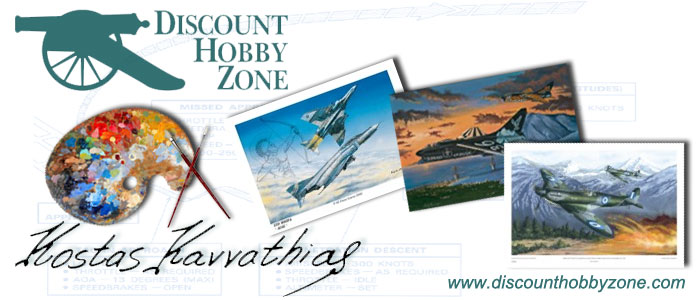eBay HAF patches:
eBay models:
eBay patches:

Aviation Art is a special category of art since combines the love of artists for planes and painting usually with really interesting results. Here you can admire the work of those people and even gain the opportunity to communicate with them and learn about their recent artistic production.
Click on the image above to purchase Aviation Art by Kostas Kavvathias.

 'Black Heart Art' - Aircraft Caricatures
'Black Heart Art' - Aircraft Caricatures

Pat Cherry is the responsible artist for Black Heart Art creations. You can visit his web-site at http://www.blackheartart.com. One of his latest work is one Hellenic Air Force A-7 Corsair of 335 Squadron Tiger. Pat spent a part of his precious time to tell us a few things about himself and also explain some of his basic artistic techniques that transform the shape of an aircraft into that beautiful caricatures.


Copyright © 2025 - www.airforce.gr. All Rights Reserved.








